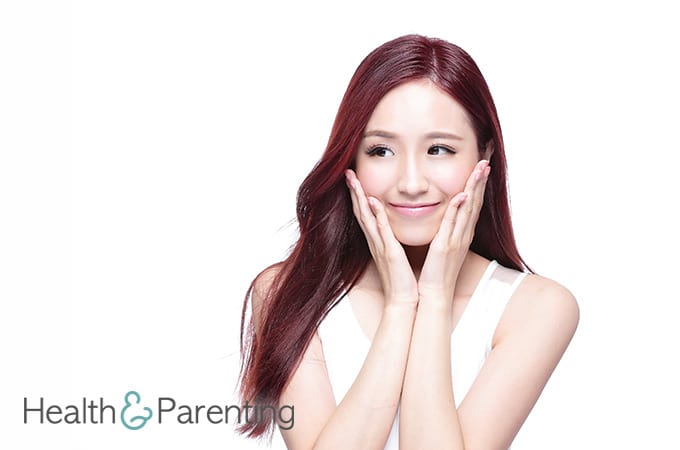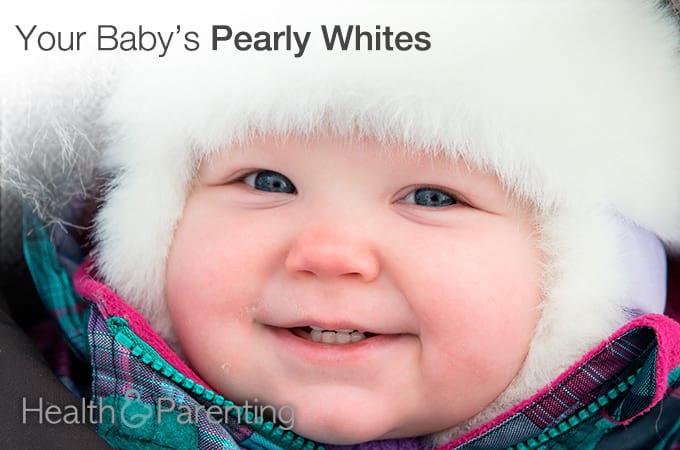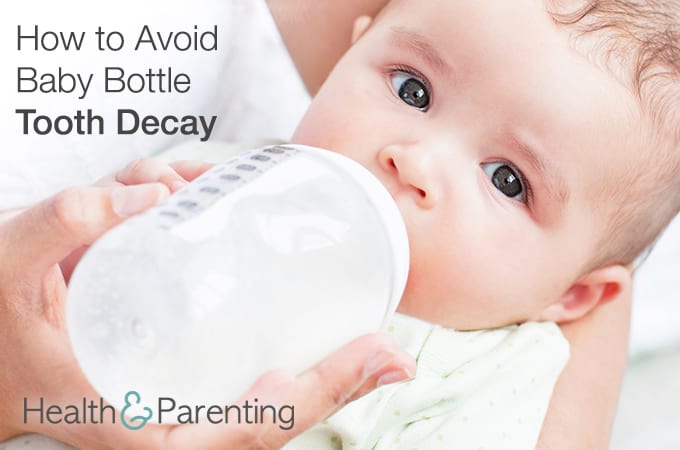You may have heard people refer to the ‘glow’ of pregnancy, and be wondering when you’re going to get it. The glow generally describes the blemish-free skin and shiny hair some pregnant women experience, however there’s no guarantee that you will be one of the lucky ones. Not all women report the same changes, in fact some women complain that hormones have had the opposite effect on their skin, hair and teeth during pregnancy.
Skin during pregnancy
Some women find that the hormonal changes, fluid retention and increased blood flow of pregnancy lead to healthy-looking, smoother skin. If this is the case for you, enjoy it while it lasts.
Others find that the rapidly changing hormone levels cause an outbreak of spots and dry skin. You may find that you need to keep up a rigorous beauty regime during pregnancy to keep spots at bay. Remember that any changes to your skin will disappear once your hormones level return to normal following the pregnancy.
Some women find that their skin darkens during pregnancy. Also known as the ‘mask of pregnancy’, chloasma is the name of the condition that causes dark blotches to appear on the skin. The blotches most frequently appear under the nose, across the cheekbones and forehead. Most women find that the blotches disappear a few months after the birth, but some may never completely fade.
Hair during pregnancy
Increased levels of oestrogen lead to longer growth phases for hair follicles. In short, this means your hair grows longer, and falls out less. Many women report their hair thickening during pregnancy, a welcome change for some. It can take up to a year postpartum to lose all of the extra hair, although it will start to fall out a few months after the birth.
For those enjoying excess hair growth, this may also happen with your body hair. You may find yourself growing excess hair on your face, arms, genitals and legs. If the hair bothers you, you could shave, tweeze or wax to remove it, but avoid bleaching because bleach can be absorbed into the skin.
Nails during pregnancy
Some women find that their fingernails are stronger and healthier during pregnancy, but others report quite the opposite. Weak, brittle nails are a common pregnancy complaint. Your nails should return to normal after the birth, but in the meantime try to take care of your nails by using moisturising hand lotion and rubber gloves when washing up.
Teeth during pregnancy
The hormonal changes during pregnancy can lead to swelling of your gums and an increased risk of plaque on your teeth. This can lead to inflammation and bleeding of the gums. Your dentist will be able to help you with any gum problems, and can advise you on how to best look after your teeth during pregnancy. If you require any fillings or x-rays, your dentist may wish to postpone these until after the baby is born.
Have you noticed any changes to your skin, hair and teeth during pregnancy?
Written by Fiona, proud owner of a toddler, @fiona_peacock
This information is not intended to replace the advice of a trained medical doctor. Health & Parenting Ltd disclaims any liability for the decisions you make based on this information, which is provided to you on a general information basis only and not as a substitute for personalized medical advice. All contents copyright © Health & Parenting Ltd 2017. All rights reserved.












